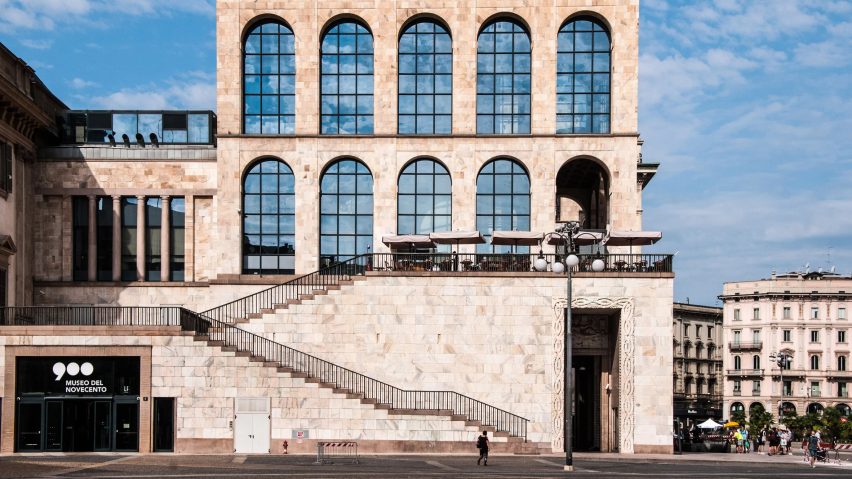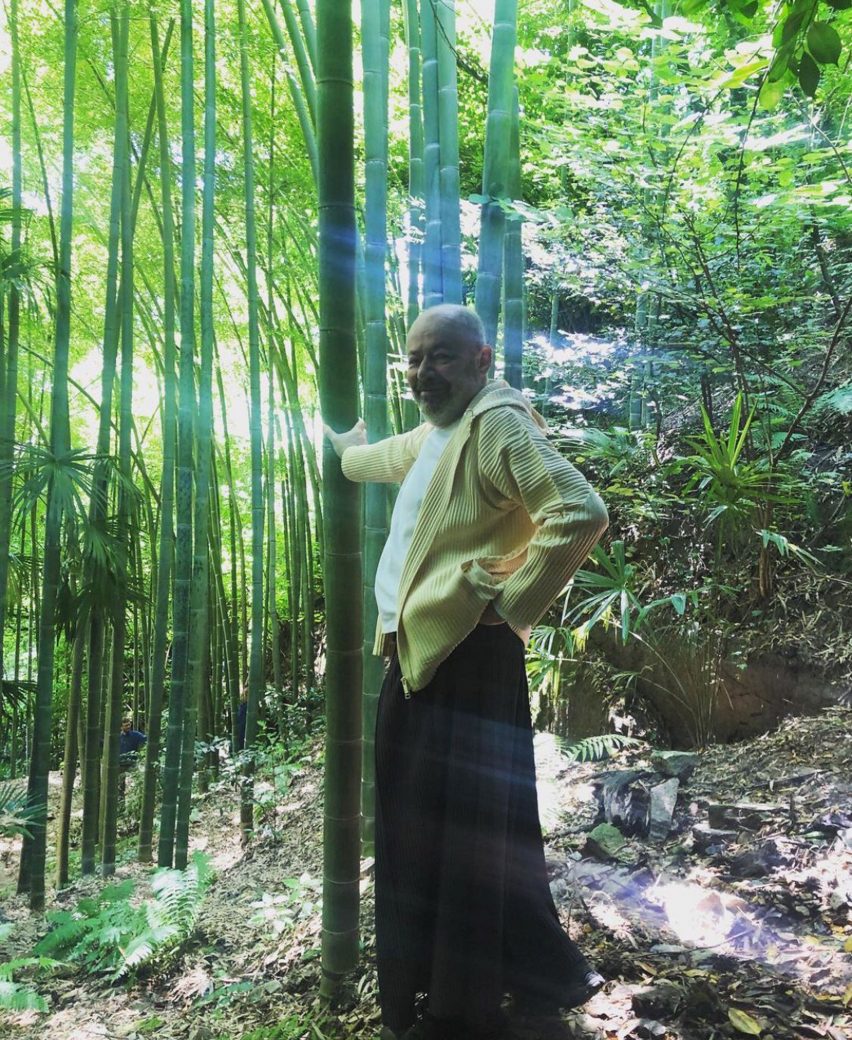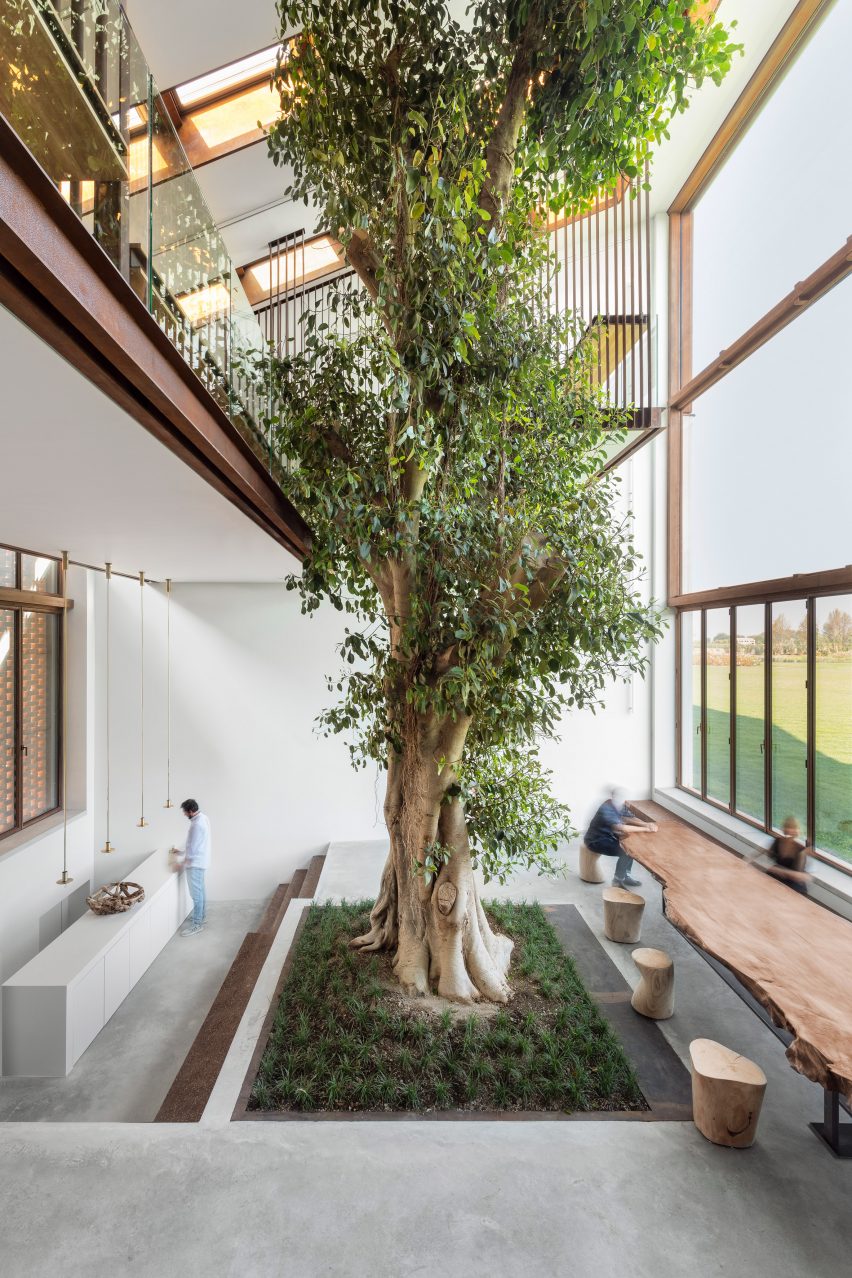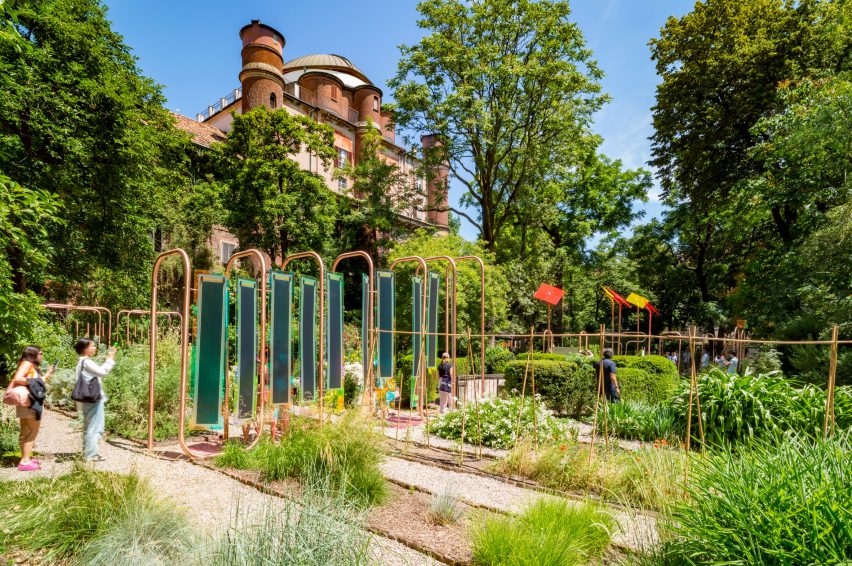
"Great innovator" Italo Rota dies aged 70
Italian architect Italo Rota, who designed projects including the Museo del Novecento in Milan, has passed away at age 70.
Fellow Italian architect Carlo Ratti, who worked with Rota on numerous projects, described him as "a great innovator – one of those rare designers capable not only of giving new answers but of asking himself new questions".

Rota passed away on Saturday in his home city, Milan.
Born in 1953, he began his career in architecture working for architect Franco Albini and doing a four-year apprenticeship with architect Vittorio Gregotti.

Rota graduated in architecture from Milan Polytechnic University in 1982 before moving to Paris, where he worked with Italian architect Gae Aulenti on projects including the Musée d'Orsay, renovating the Museum of Modern Art at the Pompidou Centre, and lighting the Notre-Dame cathedral.
He returned to Milan in 1996, where he founded his studio Italo Rota Building Office.
Some of his most notable projects include designing Milan's Museo del Novecento, which opened in 2010, and completing a number of projects for Roberto Cavalli, including the fashion designer's villa in Florence.
Rota often collaborated with architecture studio Carlo Ratti Associati, more recently on projects including the masterplan for Rome's bid to host the World Expo 2030 and the Italy Pavilion at the Dubai Expo 2020, which was topped with three boat hulls.
Ratti described how he "became friends" with Rota when creating projects for the Expo Milano 2015 and, after working together on the Dubai Expo 2020, their friendship grew to become long-term collaborators.
The pair also designed a home around a 10-metre-tall tree in the Italian countryside and used over 500 metres of copper pipe to create sculptures that support renewable energy devices in the Brera botanical garden for Milan Design Week in 2022.
"We have carried out all the projects of the last five years together," said Ratti.

"In architecture we were passionate about the same themes: interaction with people, new design processes and, ultimately, greater integration between the natural and artificial world," Ratti continued.
"Italo loved to play, with splendid depth, and the way we met and collaborated in the last years of his career often made me think that design, in its best moments, can equal one of the capabilities of great poetry: being equally synthetic and touching, elliptical and sparkling."

One of the last projects designed by Rota was the Italian Painting Today exhibition at the Triennale Milano museum, which closed in February.
"With Italo Rota, we lose today an absolute protagonist of Italian architecture and culture," said Italian architect and Triennale Milano president Stefani Boeri.
"We will miss his powerful, freshly whispered ideas, his contradictory views, his rich and always intelligent compositions."